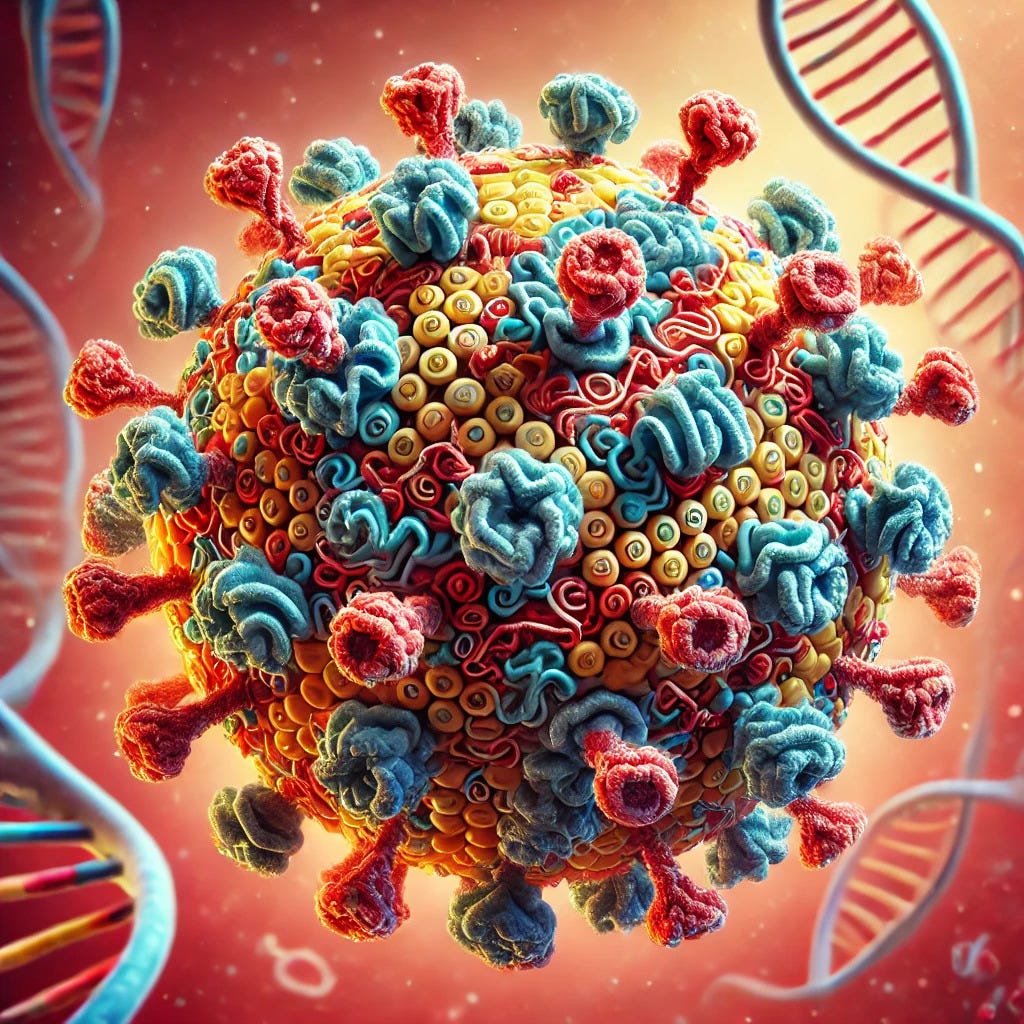The United States is facing a concerning increase in measles cases, with over 220 confirmed infections reported since the start of 2025. Texas and New Mexico are the hardest-hit states, prompting urgent warnings from health officials. Sadly, this outbreak has already resulted in the first measles-related deaths in the U.S. in over a decade, highlighting the severity of the situation. However, experts believe that with swift and decisive action, a nationwide epidemic can still be averted. This article delves into the current state of the measles outbreak, the critical role of vaccination, the factors contributing to the rise in cases, the historical context, and the urgent actions needed to protect communities.
The Current State of the Measles Outbreak
The Centers for Disease Control and Prevention (CDC) reports that Texas has accounted for 198 cases, while New Mexico has reported 30. A significant majority of these cases are linked to unvaccinated individuals, underscoring the clear link between declining immunization rates and the resurgence of a disease once considered eradicated in the U.S.
Public health officials are particularly concerned about the outbreak spreading in densely populated communities where vaccine hesitancy has taken hold. High-risk locations for transmission include schools, daycare centers, and public transit systems. Given the highly contagious nature of measles — where a single infected person can spread the virus to up to 90% of unvaccinated individuals in close proximity — immediate action is essential to contain the spread.
A Preventable Crisis: The Role of Vaccination
Despite the current outbreak, experts emphasize that the U.S. can still avoid a full-scale crisis. The MMR (Measles, Mumps, and Rubella) vaccine is the most effective defense, boasting a 97% efficacy rate when both doses are administered.
Dr. Anthony Fauci, former director of the National Institute of Allergy and Infectious Diseases (NIAID), commented on the outbreak, stating, “We have the tools to prevent this entirely. The MMR vaccine is safe, effective, and readily available. The resurgence of measles is not due to a failure of science but rather to a failure of public trust in vaccines.”
Dr. Rochelle Walensky, former CDC director, echoes this sentiment: “We have seen time and again that communities with high vaccination rates remain protected. The challenge lies in reaching those who are hesitant or misinformed about the vaccine’s safety.”
Why Are Measles Cases Increasing?
The recent outbreak can be attributed to several key factors:
- Vaccine Hesitancy and Misinformation — The proliferation of misinformation on social media has fueled skepticism about vaccines, leading many parents to forgo immunizing their children.
- Global Travel — Measles remains endemic in many parts of the world. International travel increases the likelihood of imported cases, which can then spread in under-vaccinated communities.
- COVID-19 Disruptions — The pandemic caused widespread delays in routine childhood vaccinations, leaving gaps in immunity that are now being exploited by the virus.
The Historical Significance of This Outbreak
This measles outbreak is particularly concerning when considering the historical context of the disease in the United States. Measles was declared eliminated from the U.S. in 2000, a milestone resulting from decades of successful vaccination efforts. However, the current resurgence mirrors past outbreaks, such as the 2019 surge that resulted in nearly 1,300 cases — the highest number recorded in decades.
Historically, measles was a devastating childhood illness before the introduction of the vaccine in 1963. Before widespread immunization, the U.S. saw approximately 3 to 4 million cases annually, leading to thousands of hospitalizations and hundreds of deaths. The eradication of measles in the U.S. was considered one of the greatest public health achievements, making this resurgence a significant setback.
Dr. Paul Offit, a prominent vaccine expert, warns, “We are at risk of reversing decades of progress. If vaccination rates continue to decline, measles could once again become an endemic disease in the United States.”
What Can Be Done Now?
The CDC, in collaboration with state health departments, is intensifying efforts to contain the outbreak. Here’s what individuals and communities can do:
- Get Vaccinated: If you or your children are not yet vaccinated, schedule an appointment with your healthcare provider immediately.
- Stay Informed: Rely on credible sources such as the CDC and the World Health Organization (WHO) for updates and guidance.
- Encourage Vaccination in Your Community: Schools, workplaces, and local organizations should actively promote immunization.
- Watch for Symptoms: Measles typically begins with fever, cough, runny nose, and conjunctivitis, followed by the appearance of a red rash. If you suspect an infection, seek medical attention immediately and avoid contact with others.
An Urgent Yet Hopeful Outlook
While the situation is concerning, it is not irreversible. The U.S. has successfully controlled measles outbreaks in the past, and experts are confident that with an aggressive push for vaccination, the tide can once again be turned.
Dr. Peter Hotez, a renowned vaccine expert, offers an optimistic perspective: “This is an urgent situation, but it’s one we can handle. If we act swiftly — by increasing vaccine outreach and combating misinformation — we can prevent further deaths and stop this outbreak before it gets worse.”
The key now is for individuals, families, and policymakers to take the threat seriously and work together to ensure that measles remains a preventable disease rather than a resurging public health crisis. The power to stop this outbreak is in our hands.
Signed by [2]
